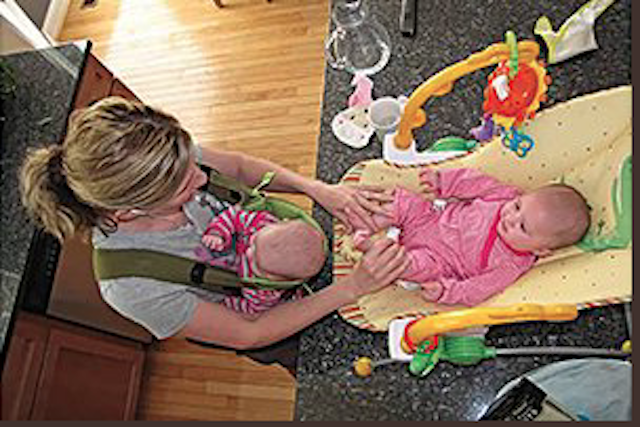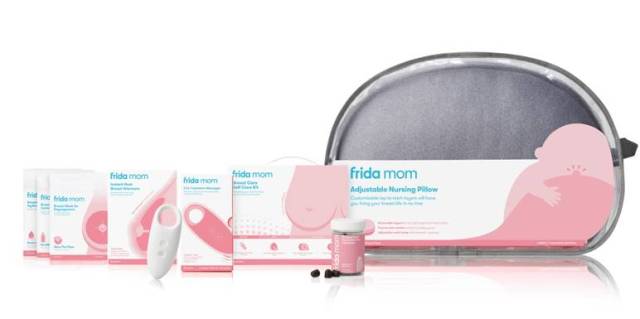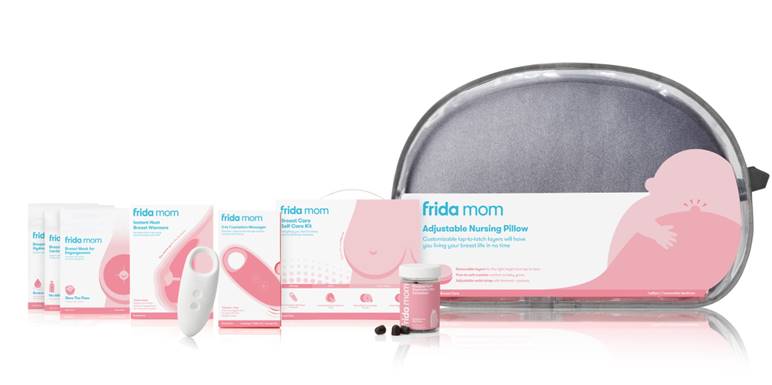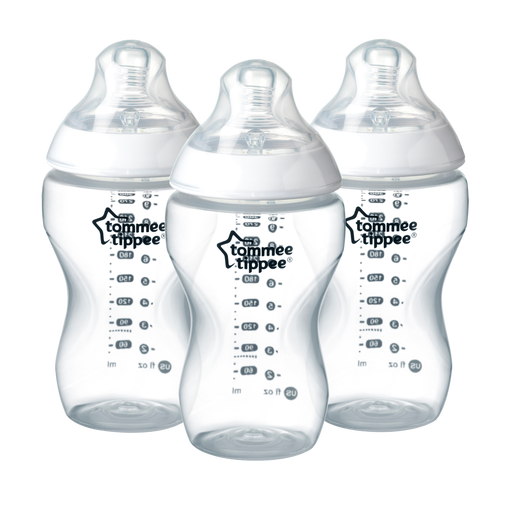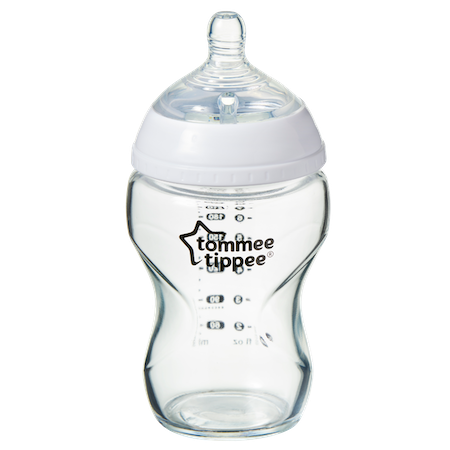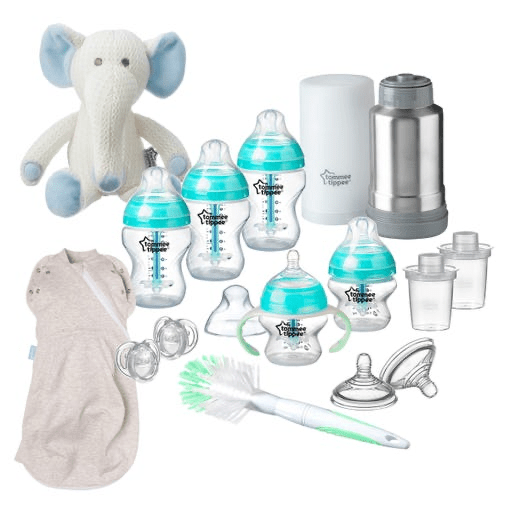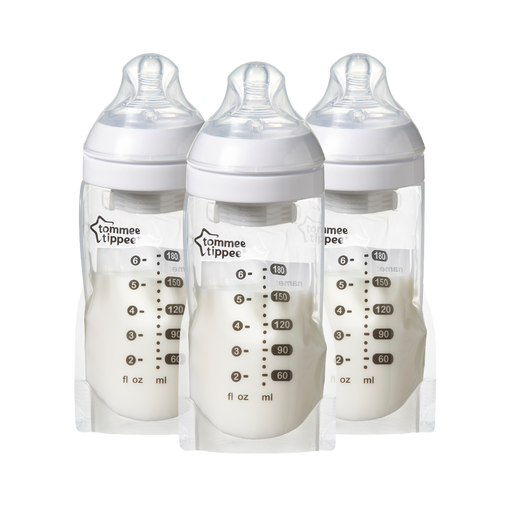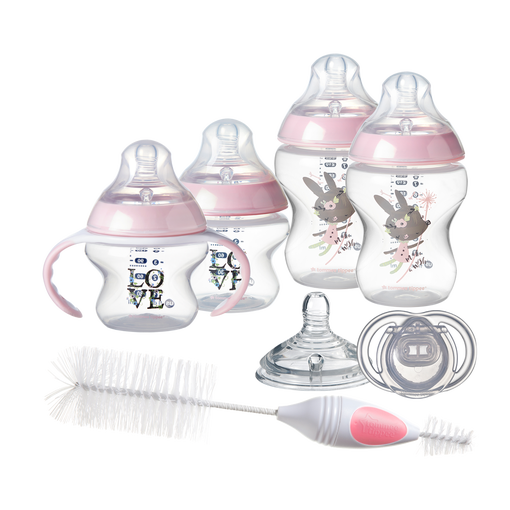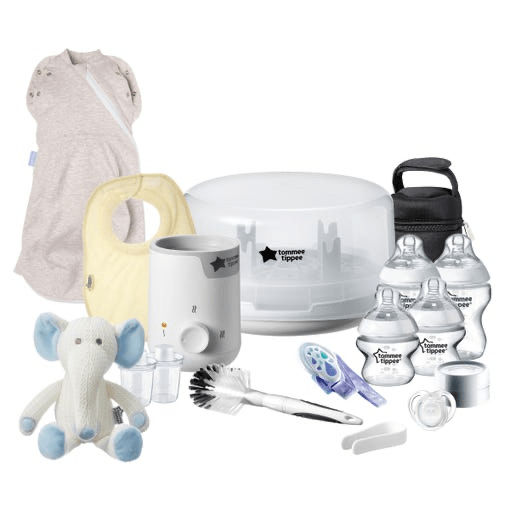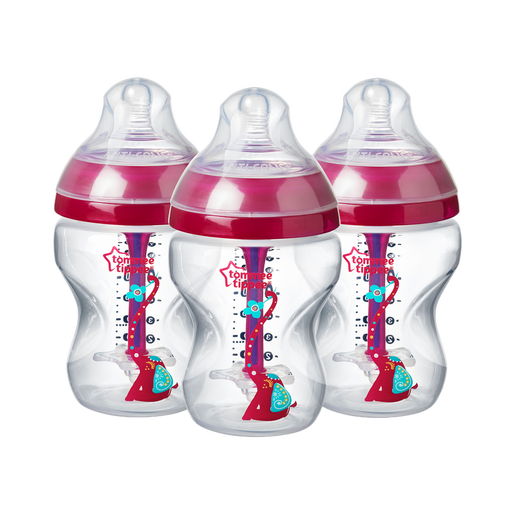
I was one of the lucky moms who got to work from home. I got to contribute financially to my family, and at the same time spend precious time with my baby. A dream come true, right? Well, it was much harder than it sounds. What most people don’t understand, is that working from home meant my baby controlled my schedule.
The other day, I had a conference call at 9:30 a.m. for 30 minutes. Perfect! That was just in time for my daughter’s first nap, so I could take the conference call without her cooing in the background. I woke up that morning confident that I could tire her out in time for the call and that I could give everyone my undivided attention during the meeting.
Here were the events that pursued:
9:20 AM: I received a text from my manager that the meeting was delayed 15 minutes. Okay, not the end of the world. My daughter was already sleepy so I was in the process of putting her down for her nap, but perhaps she could still sleep through the whole meeting. 45-minute naps are not unheard of, right?
9:43 AM: Another text. They needed another 10 minutes. All right, no worries.
9:55 AM: Yet another text. The meeting was delayed to 10:15 a.m. Most likely Zoe would be awake by then, but that’s okay. She might be playing and cooing in the background during the call, but my coworkers were pretty used to hearing baby noises by now.
10:15 AM: The meeting finally started, but surprisingly, my daughter had not woken up yet. I anxiously looked at the baby monitor like it was a ticking bomb, hoping that she would by miracle sleep another 30 minutes. But 5 minutes into the meeting, she woke up screaming like someone was about to take her hostage. I put myself on mute, threw the phone on the ground, and ran to grab her. With my baby still in a bad mood and howling in my ear, I sprinted back to get my phone and tried to listen to my coworkers as much as I could.
Man did my daughter wake up on the wrong side of the bed. I tried distracting her with different toys, laying her down on the ground, walking her around the room…nope, she was not having it. I strained to hear my call and prayed that nobody would need me or ask me a question. Taking myself off mute would be a horrible idea right now.
However, I knew that I would have to speak eventually. There were topics on the agenda that needed my input, so my plan of action was to get my baby to be quiet immediately. I whipped out the magical boobs…or at least, they were magical when my son was an infant. It didn’t matter what was bothering him, as soon as I popped him on my breast, the world was a better place.
My daughter, unfortunately, does not share the same sentiments toward my milk jugs. I tried nursing her, and she just seemed to get angrier. Panicking, I started walking around the room again with her while trying to nurse her at the same time.
Wait, there was hope! She finally latched on and seemed to have quieted down for a few seconds!
Luckily, I was able to speak a few sentences while frantically pacing around the room feeding my daughter. Just as I spoke my last words, I could feel my let-down reflex happening, so I quickly pressed the mute button again just as my daughter pulled off my breast, angrier than ever.
For those of you who do not breastfeed, let-down is essentially when you turn on the faucet and the milk really starts to flow. Unfortunately for my daughter, my let-down was quite forceful, so instead of a faucet, think of the Hoover Dam opening its gates and all the water flowing out. My daughter quickly pulled off so she wouldn’t choke on my milk, which left my boob uncovered, shooting milk everywhere. I was holding my baby with both arms and had the phone wedged between my ear and my shoulder, so there was no way to somehow pull up my bra.
Just when this was all happening, our dog walked into the room. She got sprayed in the face by my breast milk and she got excited thinking I was playing with her. She chased me around the room, jumping and licking at my breast milk as it sprinkled the carpet, the sofa, everything. My coworkers, clueless about what was happening, continued their deep discussion, and all I could do was listen and try to remember what was being discussed as much as I could over my daughter’s cries.
I was sweating as if I had run a marathon, and my arms were burning from holding my baby for the past 20 minutes. Finally, my let-down stopped and my dog calmed down (though she continued to lick the carpet whenever she found a spot with milk on it).
At least, there was peace and quiet. My daughter popped back on my boob and started nursing again, and I could sit down on the sofa and relax. I turned my attention back to the call and I heard, “Okay good call everyone, let’s get back together again after lunch.”
Seriously?









